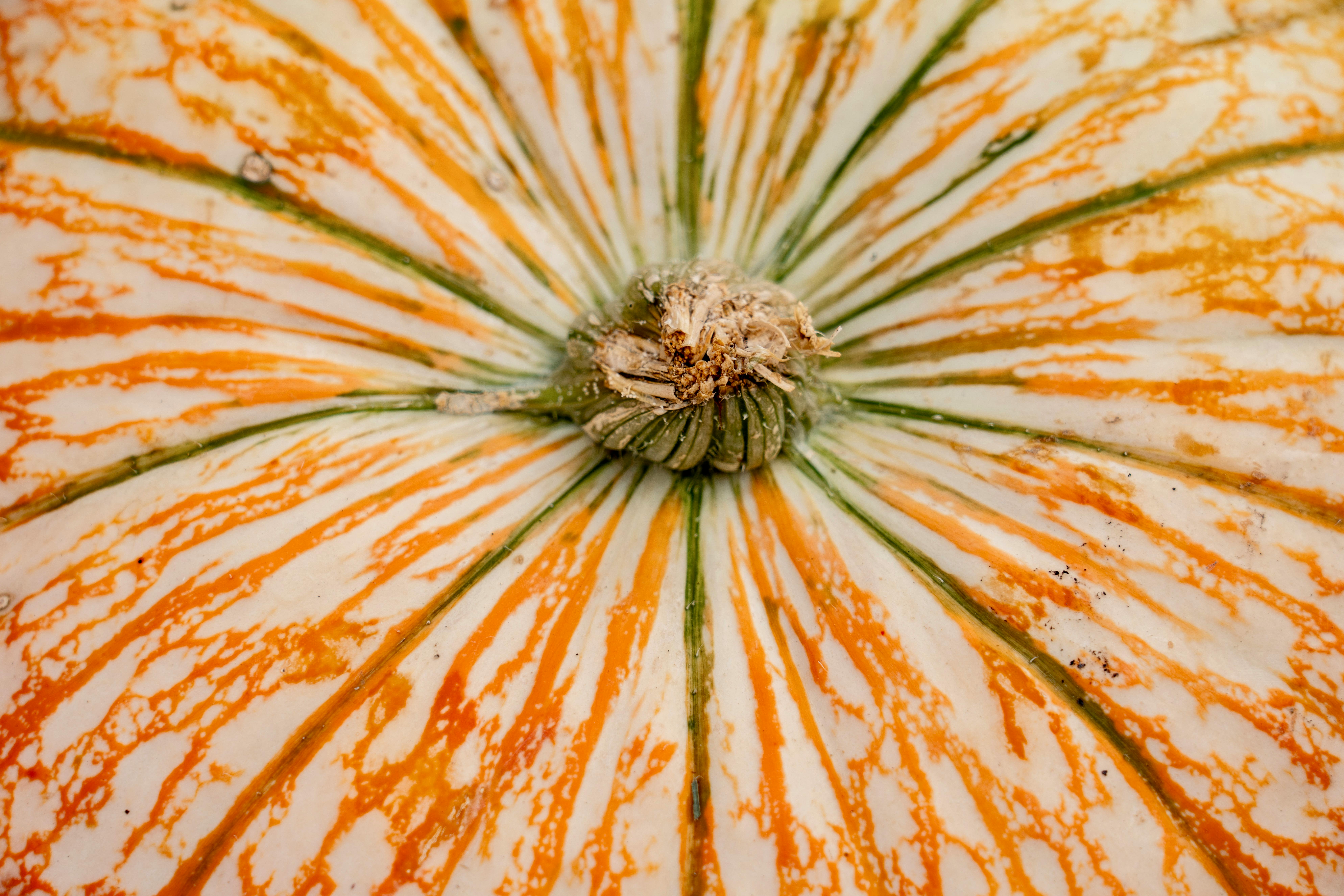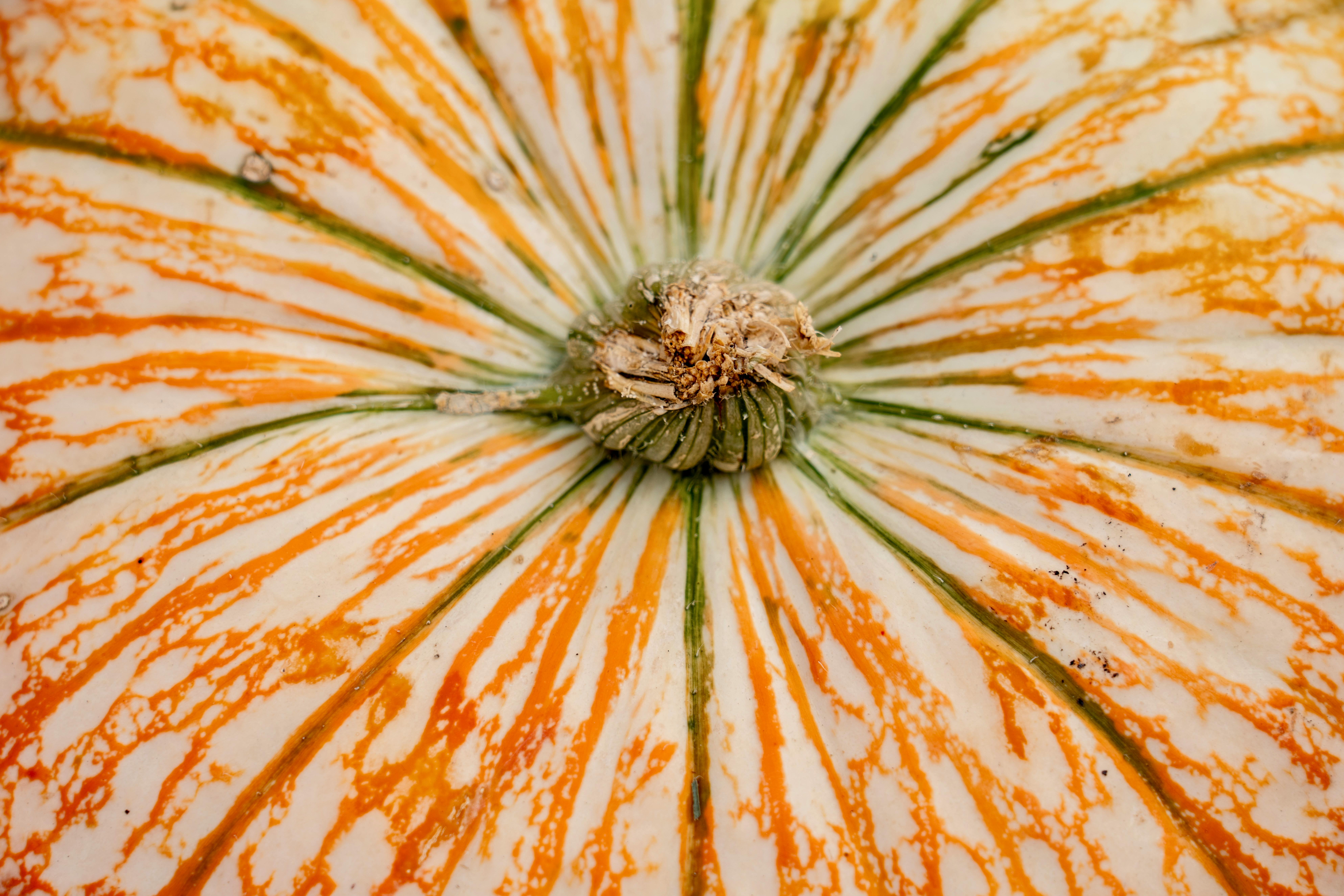Sloe is a type of fruit that is small, dark and tart in taste. It is a type of wild plum native to Europe, western Asia and North Africa, but it can also be found in North America. Sloe fruit has been used for centuries to make liqueurs, jams and syrups as it adds flavor and color to dishes. It is also used in many herbal teas and tonics.Sloe fruit is a small, round, dark-blue drupe that grows on the blackthorn bush. It is a wild relative of the plum and has an astringent, tart flavor. It is often used for making jam, jelly, or as a flavoring in liqueurs such as sloe gin.
Where Does Sloe Fruit Grow?
Sloe fruit is a type of small, wild plum that grows in parts of Europe and Asia. It is typically harvested in late summer or early autumn and used to make jams, jellies, liqueurs, and other beverages. Sloe fruit is a hardy shrub that grows in hedgerows, woodlands, and other uncultivated areas. It prefers sunny locations with well-drained soils but can tolerate partial shade. The shrub can reach up to 4 meters tall and has small white flowers that appear in spring.
The ripe sloe fruit is a small, dark purple berry that has a tart flavor. It can be eaten raw but is often processed into jams and jellies because of its sour taste. The unripe fruits are green with white spots and are very astringent. Sloes are also used to make sloe gin, which is a popular liqueur made by infusing gin with the berries and sugar syrup.
Sloe fruit is native to Europe and western Asia but has been introduced to other parts of the world such as Australia and North America. In most places it grows wild as an invasive species or as an ornamental shrub in gardens. While it prefers temperate climates, sloe fruit can tolerate cold temperatures down to -20°C/-4°F when fully established.
What Is Sloe Fruit?
Sloe fruit is a type of small, dark purple plum that is part of the blackthorn bush family. It is native to Europe and can be found growing wild in hedgerows. Sloe fruits are typically harvested in the autumn months and are traditionally used to make jams, jellies, and liqueurs. The fruit has a tart, acidic taste with a slightly bitter aftertaste.
How Does Sloe Fruit Taste?
Sloe fruits have a unique flavor that is tart and acidic with a slightly bitter aftertaste. The taste of sloe fruit can vary depending on where it was grown as well as how ripe it was when harvested. Generally speaking, the riper the sloe fruit, the sweeter it will taste. Some people describe the flavor as being similar to cranberries or plums, while others find it to have more of an earthy or herbal quality.
What Are the Health Benefits of Eating Sloe Fruit?
Sloe fruit, also known as blackthorn, is a small, dark purple fruit that grows on a deciduous shrub native to Europe and parts of Asia. The fruit has been used in traditional medicine for centuries due to its various health benefits. It is rich in vitamins A and C, as well as fiber, antioxidants, and minerals such as iron and calcium.
The fruit is known for its anti-inflammatory properties, helping to reduce inflammation in the body. It can also help reduce the risk of certain cancers by preventing free radical damage. In addition, it has been found to lower cholesterol levels and improve heart health by decreasing oxidative stress on the cardiovascular system.
Sloe fruit is also beneficial for digestive health. It contains high amounts of dietary fiber which helps to promote regular bowel movements and reduce constipation. The fruit is also rich in pectin which helps to regulate blood sugar levels and prevent insulin spikes after meals.
Sloe fruit can also be used topically to treat skin conditions such as acne and eczema due to its anti-bacterial properties. Additionally, the antioxidants found in sloe berries can help fight off skin aging by protecting against free radical damage caused by environmental factors such as sun exposure and pollution.
Overall, sloe fruit provides many health benefits including reducing inflammation, improving heart health, aiding digestion, regulating blood sugar levels, treating skin conditions, and fighting off skin aging. It can be consumed fresh or dried or made into jams or juices for added nutritional value.
How to Select Sloe Fruit
Sloe fruit should be chosen when they are ripe, which is usually between late August and October. The fruit should look plump and juicy, with a deep purple or blue color. They should also feel firm to the touch, yet not hard. Avoid any fruit that is wrinkled, soft, or has any signs of mold. The stem of the sloe berry should still be attached to the fruit.
How to Store Sloe Fruit
Sloe fruit can be stored in a cool, dry place for up to a month. If you wish to keep them for longer, they can be frozen for up to six months. When freezing them, make sure to remove the stem and spread them out on a baking sheet in a single layer before putting them into freezer bags or containers. Defrosting before use is recommended but not necessary.

Common Uses for Sloe Fruit
Sloe fruit is a small, tart berry that can be found in hedgerows and woodlands across Europe. It has been used for centuries as a flavouring for various foods and drinks, and is also known for its many medicinal properties. Sloe fruit can be eaten raw, cooked into jams and jellies, made into liqueurs and syrups, or used to flavour beers and wines. It has even been added to chocolates and teas as a natural sweetener.
Sloe fruit has many health benefits as well. It is high in vitamins A and C, which are essential for maintaining healthy skin, bones, teeth, and blood vessels. Sloe fruit also contains quercetin, an antioxidant that helps to protect cells from damage caused by free radicals. Additionally, it is high in dietary fibre which aids digestion and helps to regulate blood sugar levels.
Sloe berries can also be used to make a tea that can help to soothe a sore throat or reduce inflammation in the body. The tea can be made by steeping the berries in boiling water for several minutes before straining the liquid. This tea can also be taken as an herbal remedy for digestive issues such as stomach cramps or bloating.
Finally, sloe berries can be used in cooking to add flavour to dishes such as stews and sauces. They have a unique tartness that pairs well with other flavours such as apples or pears. Additionally, they are often used to make syrups that can be drizzled over pancakes or desserts such as ice cream or cakes.
In conclusion, sloe fruit is a versatile ingredient that has many culinary uses as well as medicinal benefits. From flavouring drinks and desserts to making herbal teas or syrups with healing properties – the possibilities are endless!
Sloe Fruit Recipes
Sloe fruit is a tart, dark-colored berry that can be used to make a variety of delicious recipes. Sloe fruit is a popular ingredient in jams and jellies, and can also be used in desserts, as well as savory dishes. Here are some recipes that use sloe fruit as an ingredient:
Sloe Gin Fizz – This cocktail features sloe gin, which is made by infusing sloe berries in gin. To make a Sloe Gin Fizz, combine two ounces of sloe gin with one ounce of fresh lemon juice and one teaspoon of simple syrup in a shaker filled with ice. Shake vigorously and strain into a glass filled with ice cubes. Top off the drink with club soda and garnish with a lemon slice.
Sloe Jam – Sloe jam is an easy recipe that yields delicious results. To make it, combine two pounds of pitted sloes with one pound of sugar in a large saucepan over medium heat. Cook the mixture until the sugar has dissolved then reduce the heat to low and simmer for 25 minutes or until thickened. Pour the jam into sterilized jars and seal tightly before storing in the refrigerator.
Sloe Crumble – For this scrumptious dessert, combine two cups of fresh or frozen pitted sloes with one-half cup of sugar, one tablespoon of cornstarch, one teaspoon of ground cinnamon and a pinch of ground nutmeg in a bowl. Spread this mixture into an 8-inch square baking dish then top it off with half cup each of rolled oats and flour mixed together with six tablespoons of melted butter or margarine. Bake at 375°F for 30 minutes or until golden brown on top. Serve warm topped with cream or ice cream if desired.
Sloe Pork Shoulder – This savoury dish makes use of both fresh sloes and pork shoulder roast for an amazing flavour combination! Rub four cloves minced garlic into one pork shoulder roast then season generously with salt and pepper. Place the roast in a roasting pan then top it off evenly with two cups fresh pitted sloes mixed together with three tablespoons melted butter or margarine and two tablespoons brown sugar. Roast at 350°F for 2 ½ hours or until cooked through then serve while still warm!
What Drinks Contain or Feature Sloe Fruit?
Sloe fruit is a tart, small and juicy berry primarily found in Europe and western Asia. It is often used to flavor alcoholic beverages, particularly gin. Sloe gin is a popular liqueur made from the fruit, as well as other distilled spirits. Other drinks containing sloe fruit may include liqueurs, wines, and even beers.
Sloe gin is created by soaking the berries in a neutral spirit such as vodka or gin. A simple syrup or sugar is then added to the resulting mixture to add sweetness. The combination of sloe berries and sugar makes for an intense flavor that can be quite tart. It can be enjoyed on its own over ice, or with mixer such as tonic water or soda water.
Sloe wine has been produced in western Europe since medieval times. It is made by fermenting sloe berries in a mixture of sugar and water, and can be either still or sparkling. The resulting wine usually has a deep red color and has a sweet-tart flavor with notes of blackberry, cherry, and plum. It can be enjoyed on its own as an after-dinner drink, or as an accompaniment to cheese boards and desserts.
Sloe beers are also available in some parts of Europe. They are produced by adding sloes to pale ale during the brewing process, which gives the beer a slightly tart taste with notes of plum and cherry. Sloe beers are best served chilled with light snacks such as crisps or crackers.
Overall, there are many drinks that contain or feature sloe fruit for those who want to enjoy this unique flavor profile in their drinks. From gin to wine to beer – there’s something for everyone!

Conclusion
Sloe is an incredibly versatile fruit, and can be used in a variety of dishes. The unique tart flavor of the fruit makes it a great addition to salads, desserts, and even main dishes. Sloe is high in fiber and vitamins, making it an excellent choice for those looking for a healthy snack or treat. It’s also relatively easy to find and harvest, making it a great addition to any meal.
Wrap Up
Sloe is an amazing fruit with many uses and benefits. Whether you choose to pick it fresh from the wild or purchase it in stores, this tart yet delicious fruit is sure to make any dish more flavorful and nutritious. While there are some risks associated with consuming sloe berries, they are generally easy to avoid by following proper harvesting techniques and avoiding overharvesting from one area. With its many uses and benefits, sloe is sure to become a favorite among both amateur cooks and professional chefs alike!



